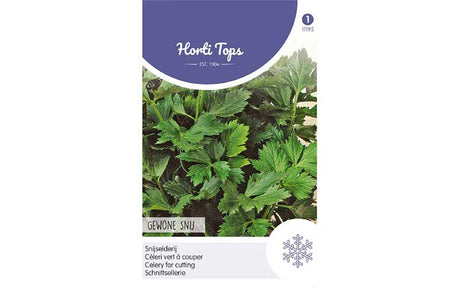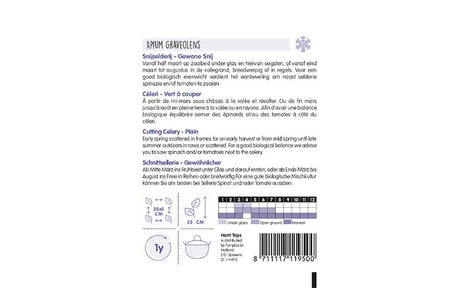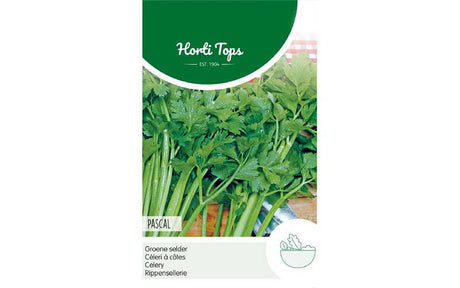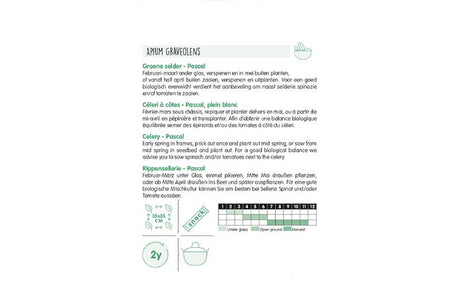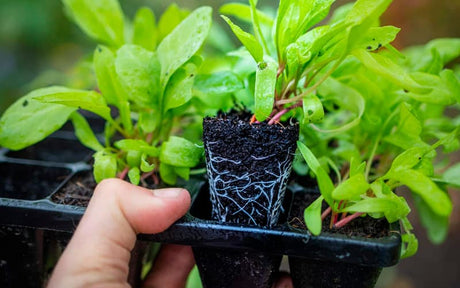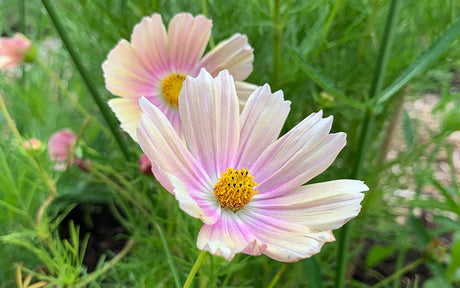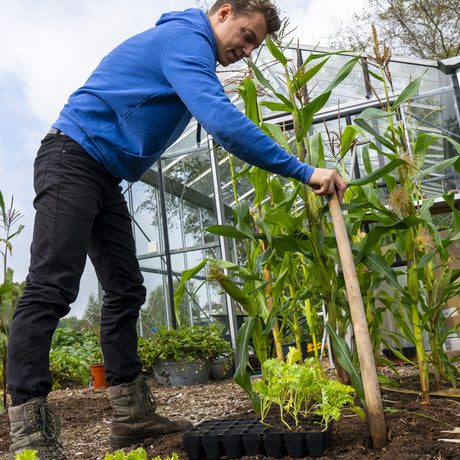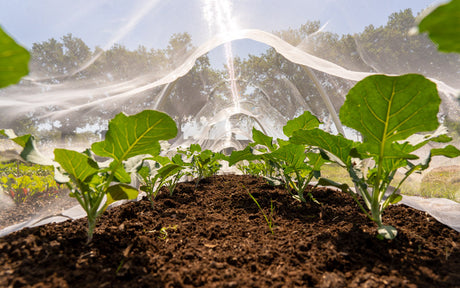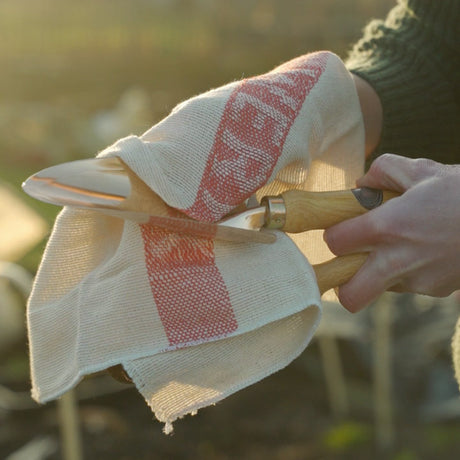Celery is a staple in many culinary dishes for its crisp texture and subtle, earthy flavor. Growing celery can be a rewarding challenge, as it demands attention to watering and soil conditions. This guide will provide you with all the necessary tips to successfully grow robust celery, perfect for enhancing soups, salads, and snacks.
Flavorful Celery in Your Own Garden
Ideal Growing Conditions for Fennel
Celery thrives in cool to moderate climates and requires rich, well-drained soil with plenty of organic matter. It needs a consistent supply of moisture to develop its characteristic crisp stalks, making it more demanding than some other vegetables.
Planting and Spacing
Start celery seeds indoors about 10-12 weeks before the last expected frost. Because celery seeds are small and slow to germinate, use a fine seed starting mix and keep it moist but not soggy. Transplant the seedlings when they are about 10 cm tall and the threat of frost has passed. Space plants about 20-30 cm apart in rows that are 40-50 cm apart to give them room to expand.
Water and Nutrition
Consistent, ample watering is crucial for celery to develop its stalks properly without becoming stringy or tough. Soil should remain evenly moist. Apply a balanced, slow-release eco fertilizer at planting and consider side-dressing with compost midway through the growing season to support its heavy nutrient demands.
Blanching Techniques
To reduce the bitterness of celery and achieve tender, pale stalks, consider blanching it two to three weeks before harvest. This can be done by gently wrapping the stalks with paper or by building up soil around the base of the plant to block out sunlight.
Harvesting Celery
Celery is typically ready to harvest about 16 to 18 weeks after sowing when the stalks have formed a dense bunch. Cut the whole plant at soil level or harvest stalks individually as needed. Remember, fresher celery is more flavorful and tender.
Pest and Disease Management
Watch for common pests like aphids and celery leaf miners. Diseases such as fusarium wilt and pink rot can be problematic, especially in warm, moist conditions. You can protect celery with fine mesh protection.


